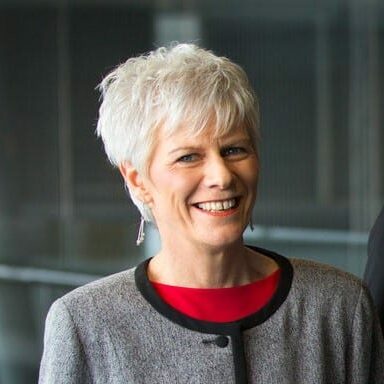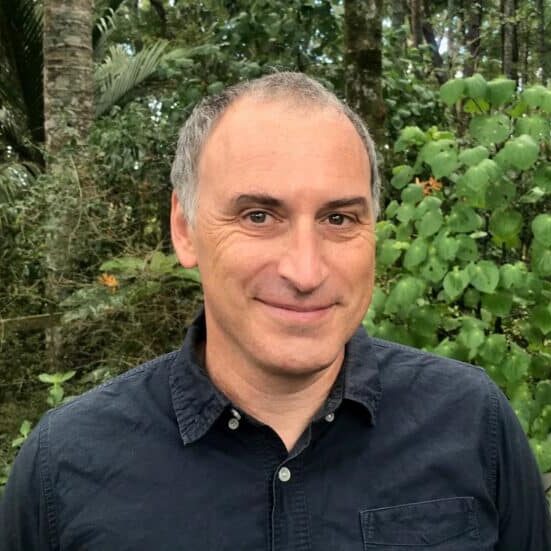Marie McEntee
University of Auckland
Focusing on the human dimensions of forest health management, specifically kauri dieback and myrtle rust.
The inventory of research outputs and resources can be found here:
We all have a role to play in biodiversity conservation, especially when it comes to protecting taonga species from invasive pathogens. Whether we recognise it or not, our survival as a human species is dependent on the survival of te taiao (the environment), and we have a duty of care to retain its mana and mauri.
The ‘Mobilising for Action’ research investment focused on the human dimensions of forest health management, specifically kauri dieback and myrtle rust. The team developed and supported research that explored the connections between people and the ngahere (forest) specifically, and people and te taiao more generally.
This investment was firmly grounded in an ‘interface’ approach that utilises Indigenous knowledge and Western science. The projects were been determined by an extensive ‘reaching out’ process that was carried out in the first half of 2020, as well as an extensive knowledge base that draws on Te Ao Māori and Western psychological perspectives.
This team aimed to answer several key questions:
To address these questions, the co-leaders met with over 100 people from the researcher community (social science, biophysical science, mātauranga), iwi/hapū and whānau, kaitiaki, rangatira, community and industry groups, NGOs, and local, regional and central government agencies, along with many others who wished to engage. They also drew on a pool of previous Indigenous and Western research literature.

Marie McEntee

Mark Harvey